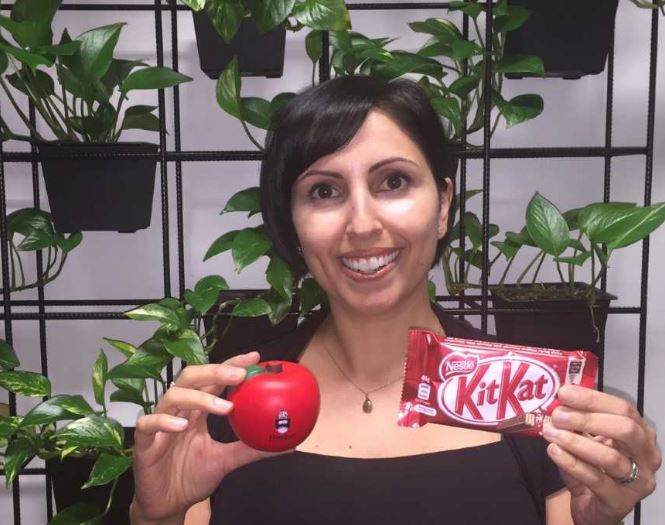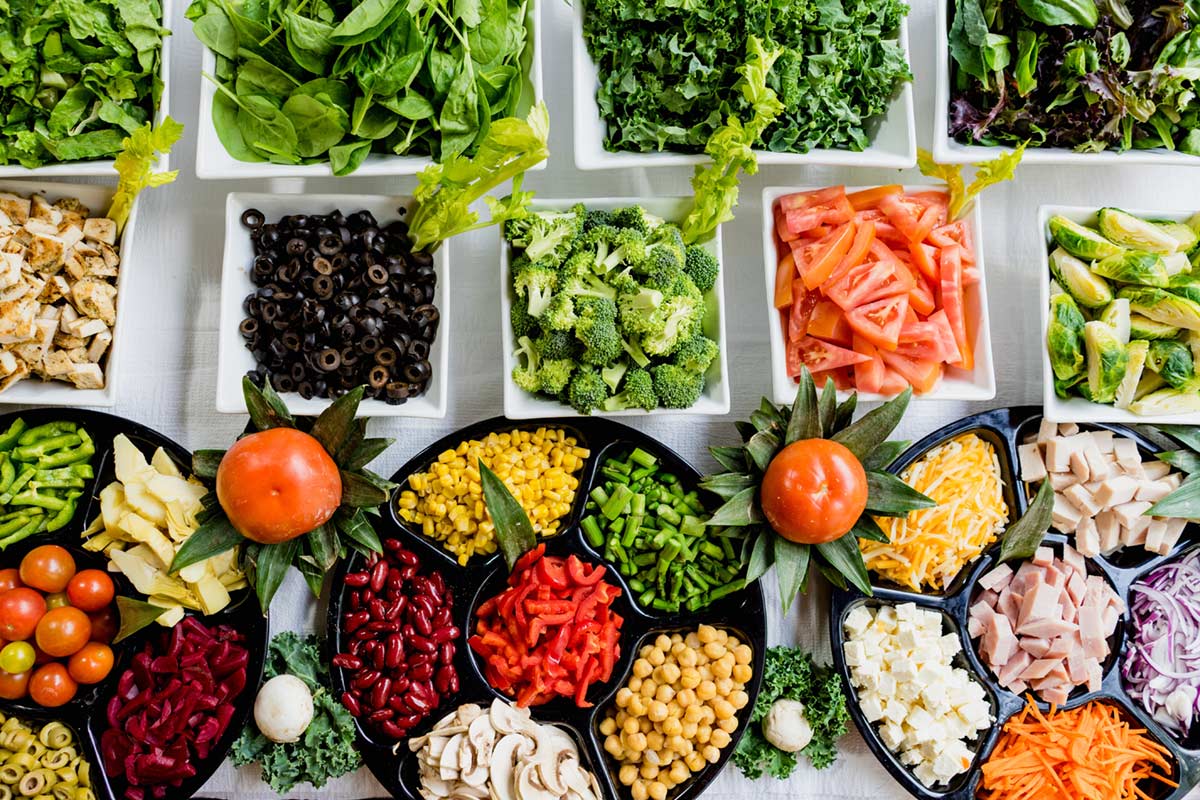
In the war on childhood obesity, social conditioning and advertising is winning the hearts and minds of children who link snack and junk food with ‘fun and comfort’, Flinders research shows.
While children are well informed about the notion of a ‘balanced diet’, their consumption of ‘sometimes’ foods such as sweet biscuits, cakes, confectionary, salty snack and fried foods is actually out of kilter with their understanding of consuming discretionary foods in moderation – as regularly promoted by public health, schools and government authorities.
Health education lecturer Dr Stefania Velardo and Professor Murray Drummond, from the Sport, Health and Physical Education (SHAPE) research group at Flinders University assessed the responses of a sample group of 38 South Australian children aged 11-12.
“In our study, most children stated that discretionary foods should be consumed in moderation in order to maintain a balanced diet, yet they reported consuming these foods frequently.
“This suggests variability between children’s opinions about the acceptable frequency of consumption of discretionary foods compared with the national dietary guidelines.
“Our qualitative research showed that children value discretionary foods for their associated fun and comfort.
Clearly, discretionary food consumption is entrenched in Australian culture and the children in our study acknowledged that these foods are linked to their social experiences. We need to address these complex sociocultural norms and we need to raise public awareness.”

Australian Bureau of Statistics surveys found about one-quarter of Australian children, aged 5 to 17 years, are overweight or obese and most children are not meeting recommendations for fruit and vegetable consumption.
In a bid to curb spiralling childhood obesity rates, Public Health England this week launched a national campaign to reduce the consumption of unhealthy snacks, advising parents to follow the “rule of thumb” of limiting snacks to two a day, of no more than 100 calories each.
Dr Velardo says snack food TV commercials, such as this Kellogg’s LCM bar ad, could steer children away from the recommended daily levels of fruit and vegetable consumption recommended for a healthy diet by normalising packaged snack foods.
“England’s new Change4Life campaign applies to all snacks apart from fruit and vegetables,” she says.

“However, the specific messaging that two snacks a day is acceptable might reinforce the notion that discretionary choices are everyday choices. It depends on the snacks themselves. A small handful of raw nuts is very different to a sugary muesli bar.
“Australian research shows us that young people are still strategically targeted by unhealthy food and beverage advertisements through traditional and social media,” Dr Velardo says.
“We need a more concerted effort to address the availability of these foods, including the promotion schemes that actively endorse them.
“Food ‘treats’ high in energy, fat, sodium and sugar have significant health impacts when consumed in regular large quantities.
“As a starting point, our current national guidelines could be more descriptive in their advice so that people can clearly understand appropriate servings and what we mean by the term ‘sometimes’.”
Dr Velardo spoke to 9 News Adelaide on Thursday 11 January.

